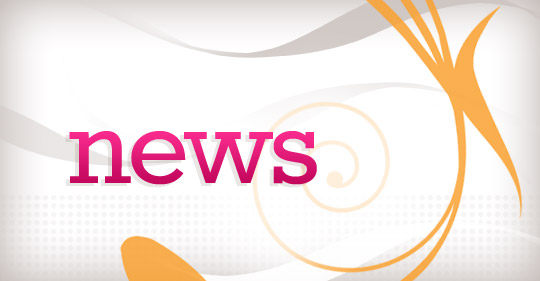TricorBraun’s Design and Innovation team has launched a series of monthly in-house consumer focus groups designed to gauge consumer preferences for specific package components. The goal of this research is to provide the team’s designers with insight into consumer acceptance of and preference for certain packaging innovations that will ultimately help them to develop more effective custom packaging solutions.
These focus groups concentrate not only on capturing consumers’ preferences for an overall package solution but also their reactions to various innovative components, says the company. During one recent focus group, for example, consumers were asked to review a variety of closure options, including continuous thread-CT and dispensing jar lids, as well as several innovative lining alternatives, including plain, blind embossed and printed and embossed liners. Participants were questioned not only about their preferences for each closure and liner but also were asked to identify what product category they would like to see incorporate that preferred closure and liner.
Responses to the closures were varied and occasionally surprising. Whereas consumers reacted positively to flip top lids with embossed and printed liners, the reaction was quite the opposite when they evaluated a CT cap using a traditional seal. Participants frequently associated words such as “upscale” and “expensive” with the flip top lid and embossed liner combination, while they used words such as “outdated” and “traditional’” to describe the CT closures.
The suggestions as to where the dispensing closure would add value versus the CT cap were wide-ranging, but one segment mentioned numerous times was health-related products, including nutraceutical products such as dietary supplements. Multiple participants emphasized the value of the closure remaining in place on the container when opened, to prevent it being dropped and contaminated, or being misplaced. They also focused on the ease of opening a flip top lid versus the difficulty of unscrewing a CT cap, especially for elderly or arthritic individuals. Almost universally, the dispensing closure was preferred and viewed as adding value to a package, primarily because of that easier access.
Similarly, the consumers felt that the new embossed and printed liner would add significant value to packages. Not only did they perceive the embossed liners as more premium than the alternative, but one participant even said, “the ability to see the brand name embossed and printed on the liner just makes the package seem more high-end, more sophisticated. As a consumer, it makes me feel that the brand owner really put a lot of time and effort into the product and the package, down to every last little detail. And that makes me feel really good about my decision to buy that package.”
“This consumer research initiative is a valuable tool for providing our design team with further insight into consumer behavior,” says Becky Donner, TricorBraun vice president of design and market insight. “The ideas participants share about packaging preferences, innovation and category applications will have a powerful impact on the custom designs we create for our customers as well as the results those customers see in the marketplace. In addition, by researching package components in this way, we can compress the design and development process and positively impact our customer’s speed to market.”
The consumer focus groups are conducted at TricorBraun’s Design and Innovation Center in Oak Brook, Ill. in partnership with NSM Research Inc., a market research group that has assessed consumer preferences for packaging since 1996.

